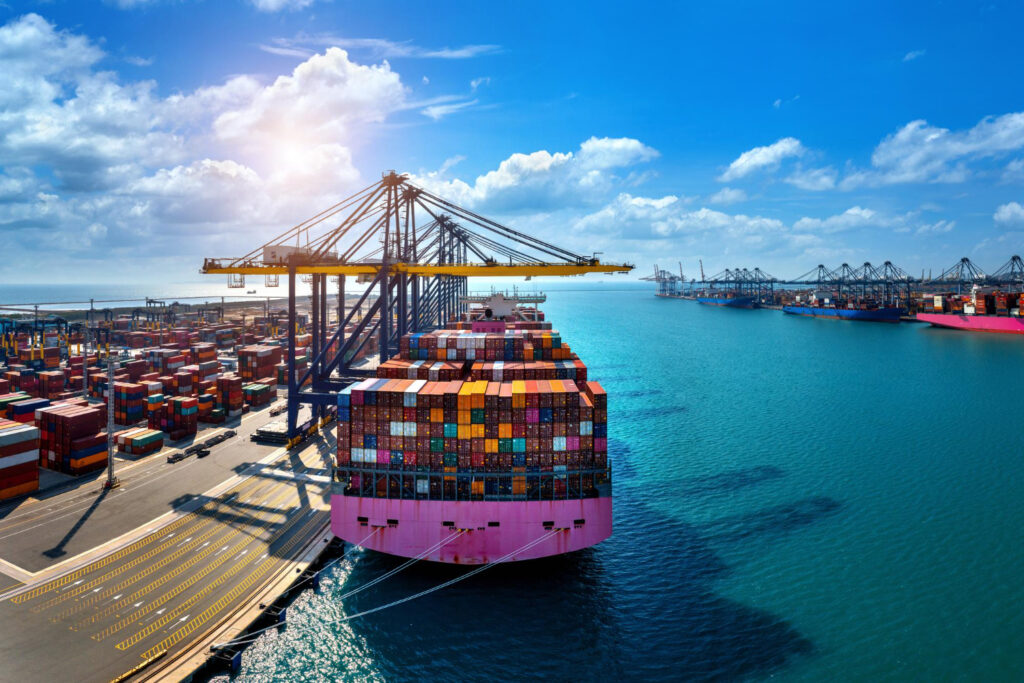According to data from the Department of Commerce, the main sources of tariffs charged at US customs in June 2025 were China, Japan, and Mexico.
Since the beginning of his second term, US President Donald Trump has unilaterally imposed a wide range of tariffs. Among them is an emergency tariff linked to fentanyl and migration: 20% on China, 25% on Mexico, and 30% on Canada. In the latter two cases, the measure applies if the products do not comply with USMCA rules.
In addition, the United States maintains a 25% tariff on automobiles and a 50% tariff on steel, aluminum, and copper imported from any country.
Tariffs charged at US Customs
Trump defends the tariffs. He says they are key to protecting U.S. industry. They also balance the trade balance, raise more taxes, and reduce the deficit. He also uses them to pressure countries on issues such as migration and drugs. And as geopolitical leverage.
In June 2025, China paid $7.078 billion in tariffs to US customs. Japan ranked second with $1.827 billion. Mexico was close behind with $1.790 billion.
The measures have had several effects. They have reduced foreign investment in the affected nations. While trade uncertainty remains, inputs become more expensive and supply chains weaken. This slows down productive projects, erodes competitiveness, and pushes capital toward more stable markets.
Tariffs Collected at U.S. Customs – June 2025
(millions of U.S. dollars)
| Economy | Imports (A) | Tariffs Collected (B) | Effective Rate (%) |
|---|---|---|---|
| Mexico | 44,869 | 1,790 | 4.0 |
| Canada | 29,737 | 709 | 2.4 |
| China | 17,568 | 7,078 | 40.3 |
| Taiwan | 16,626 | 564 | 3.4 |
| Vietnam | 16,343 | 1,517 | 9.3 |
| Japan | 11,500 | 1,827 | 15.9 |
| South Korea | 11,003 | 1,367 | 12.4 |
| Germany | 10,888 | 1,287 | 11.8 |
| India | 8,661 | 720 | 8.5 |
| Thailand | 7,424 | 547 | 7.4 |
Source: U.S. Department of Commerce

